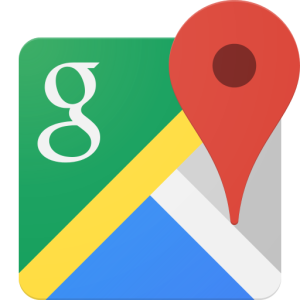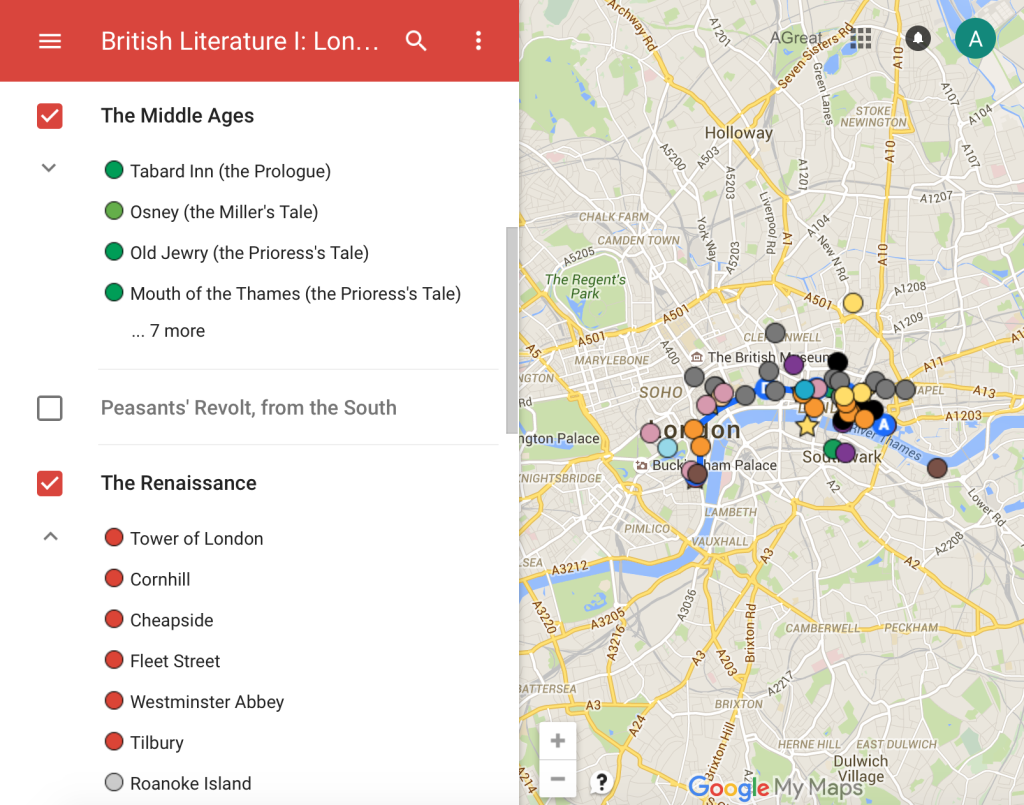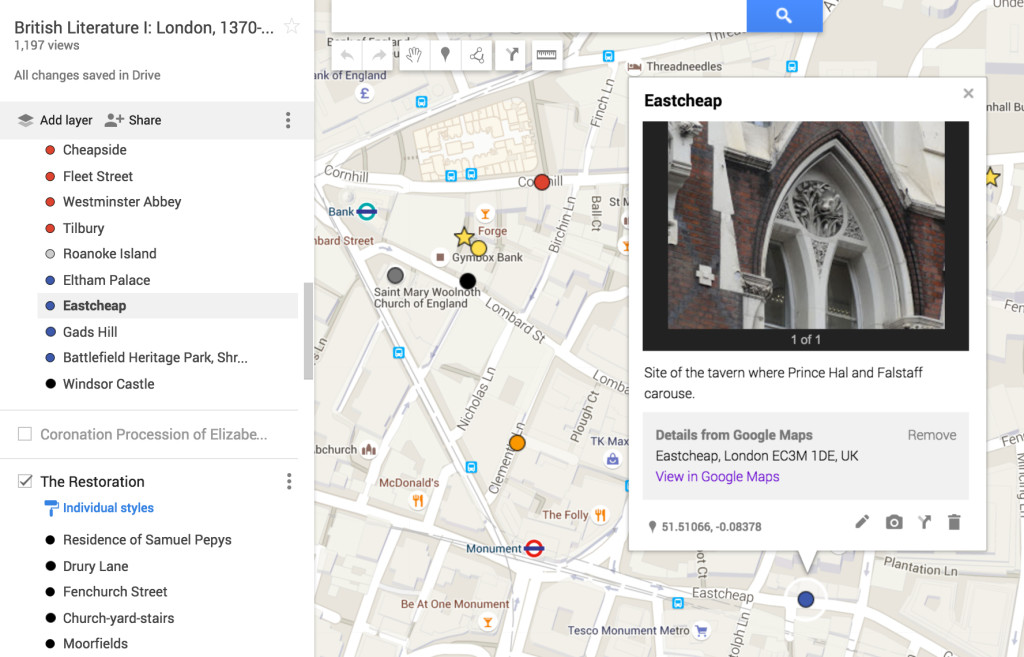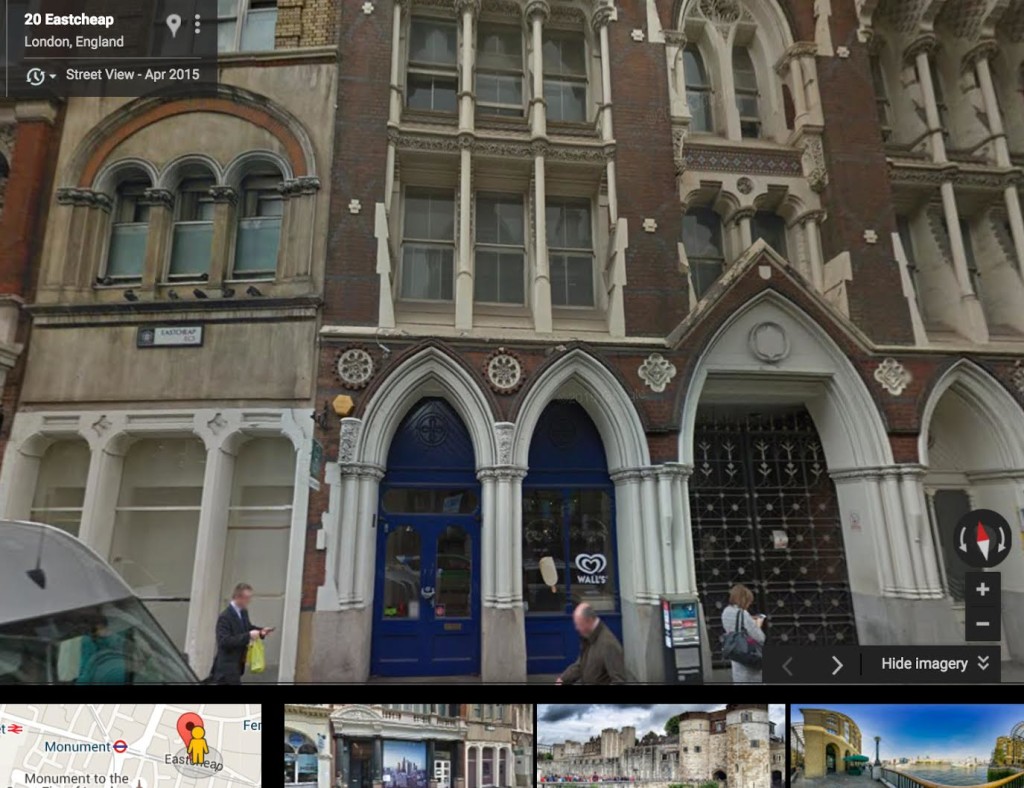Virtual walking tours connect students with history
 It’s easy for students to feel detached from stories like The Canterbury Tales, which are so far removed (in both time and space) from modern-day Elon. But English professor Kevin Bourque, whose British Literature 1 class studied texts dating from the Middle Ages to 1800, found a novel way to engage his students with class materials using Google Maps.
It’s easy for students to feel detached from stories like The Canterbury Tales, which are so far removed (in both time and space) from modern-day Elon. But English professor Kevin Bourque, whose British Literature 1 class studied texts dating from the Middle Ages to 1800, found a novel way to engage his students with class materials using Google Maps.
Last fall, Bourque created a custom Google Map that identified important locations referenced in the class reading. Each dot on the map was color-coded to indicate its associated text (i.e., every location in The Canterbury Tales was marked green), and a sidebar sorted the texts by historic era. Since the course focused on stories set London, most of the flagged locations on the map were clustered in that metropolitan area; however, the class read stories like The Interesting Narrative of the Life of Olaudah Equiano, so some dots were scattered as far as Jamaica and Greenland.
The cool thing about creating this map for a collection of London-centric literature, Bourque explains, is that London has been around since the age of the Roman Empire. So students not only got a sense of how London was set up at the time of each story, but they could also “trace the changing shape of London” over the centuries. What’s more, the students could see how the places referenced in different texts were geographically related to one another.
According to Bourque, the map was a great way to take what students might have initially viewed as “dry, dusty history” and connect it to the present. Since Google Maps has a “street view” feature, students could see the modern-day equivalents of the places they were studying—whether those places had been designated by historic placards, or replaced by Starbucks.
Bourque started each class period by showing a London location on the Google Map to set the scene, as it were, for the class’s discussion of the literature. The students also used the Google Map for their final project, wherein they created a walking tour of a landmark from the literature, such as Westminster Abbey, Covent Garden, and East India House.
According to Bourque, the custom Google Map is just a great way to make history “feel more real.” The Google Map proved so useful in Brit Lit 1 that Bourque has considered teaching a version of the course that spends a week in London at the end of the semester, so that students can visit the sites they’ve been talking about all term.



 Follow
Follow

